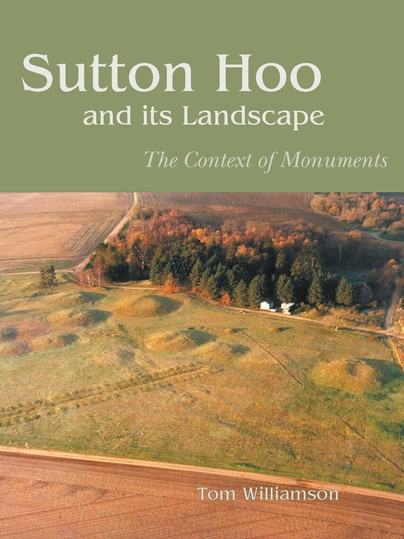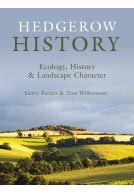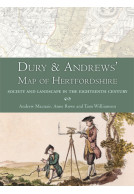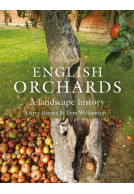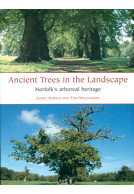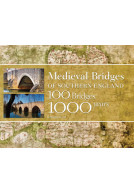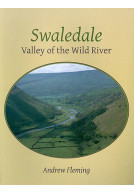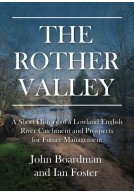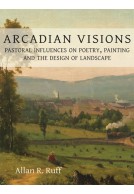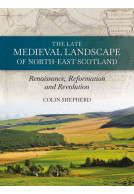Sutton Hoo and its Landscape (Paperback)
The Context of Monuments
By
Tom Williamson
Imprint: Windgather Press
Pages: 220
Illustrations: 69 illus, 35 in col
ISBN: 9781905119257
Published: 2nd December 2008
Script Academic & Professional
Imprint: Windgather Press
Pages: 220
Illustrations: 69 illus, 35 in col
ISBN: 9781905119257
Published: 2nd December 2008
Script Academic & Professional
Usually available in 6-8 weeks.
You'll be £29.95 closer to your next £10.00 credit when you purchase Sutton Hoo and its Landscape. What's this?
+£4.99 UK Delivery or free UK delivery if order is over £40
(click here for international delivery rates)
Need a currency converter? Check XE.com for live rates
(click here for international delivery rates)
Need a currency converter? Check XE.com for live rates
The location of the Anglo-Saxon burial ground at Sutton Hoo, on a ridge overlooking the estuary of the river Deben, has always appeared strange and challenging. This is not so much because the site is today an isolated and lonely one, but rather because it lies on the very periphery of the early medieval kingdom of East Anglia, whose rulers - the Wuffingas - were buried there. In this extended meditation on the geography of a very special and evocative place, Tom Williamson explores the meaning of the cemetery's location. To understand the location of ancient monuments we need to examine not only the character of past landscapes, but also the ways that contemporaries may have experienced and felt about them: we need to reconstruct aspects of their mental world. Williamson argues that the cemetery was placed where it was not in order to display power and dominance over territory, but because the river, and its brooding estuary, had long held a special and central place in the lives and perceptions of a local society. As King Raedwald and his family rose to dominance over this river-people, they chose to be buried at the heart of their territory. Such approaches may help us to understand why the cemetery was established where it was within the territory of the Wuffingas : but they cannot explain why that group came to dominate the whole of East Anglia. For this, Williamson argues, we need to examine wider geographical contexts - patterns of movement, contact, and social allegiance which were engendered and shaped by landforms and topography at a regional and national level. It is only by joining aspects of the new 'phenomenological' approaches to the archaeology of landscape, to more traditional geographical interpretations, that we can appreciate the full significance of this important site. Combining a keen understanding of local and regional geography, Anglo-Saxon history, and current debates about approaches to past landscapes, this book is a masterly exploration of the context and meaning of an iconic set of monuments.
There are no reviews for this book. Register or Login now and you can be the first to post a review!
About Tom Williamson
Tom Williamson was born in Hemel Hemstead in Hertfordshire, and was brought up in Bushey, before reading history and archaeology at Jesus College, Cambridge. Since 1984 he has taught at the University of East Anglia. He is now Professor of Landscape History there, and has written widely on landscape archaeology, agricultural history and the history of landscape design. He has a particular interest in the landscape history of Hertfordshire.
More titles by Tom Williamson
Other titles in Windgather Press...







